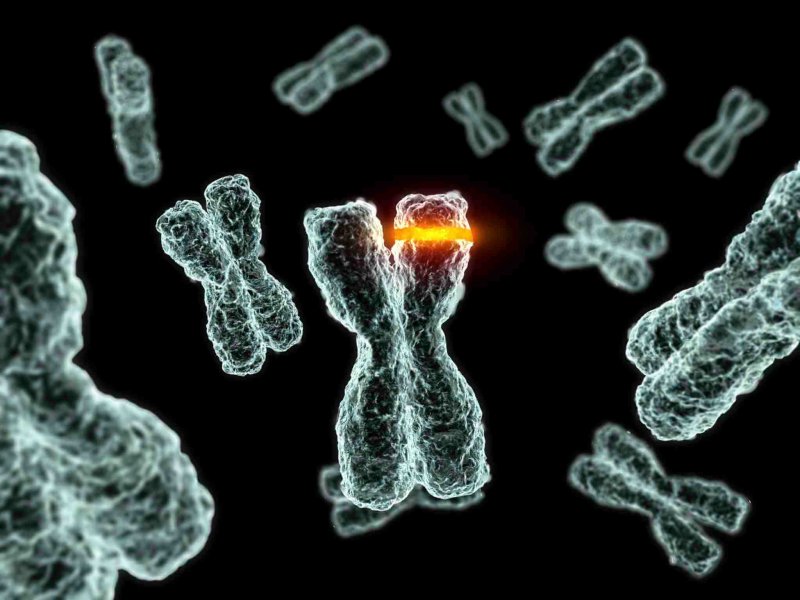Gregor Mendel discovered fundamental rules of genetics by raising pea plants. He realized that hidden factors — we now know them to be genes — were passed down from parents to offspring.
…
Today, scientists have identified over 7,000 Mendelian diseases, and many are discovered with screenings of children and adults. But a new study suggests that many disorders go undetected.
With a database of electronic health records and DNA samples, a team of scientists has found that 3.7 percent of patients in a hospital system carried a genetic variant linked to a disease. It’s possible that as many as 4.5 percent of cases of apparently nongenetic diseases, from infertility to kidney failure, are the result of such mutations.
The study also suggests that it may be possible to catch more of these hidden disorders with a computer program that flags suspicious clusters of symptoms in groups of patients. That would be an enormous step forward for patients coping with unexplained ailments.
The study, published Thursday [March 15] in Science, represents the first large-scale search of electronic health records for hidden Mendelian diseases. But Dr. Joshua C. Denny, a biomedical informatics researcher at the Vanderbilt University School of Medicine and co-author of the new study, suspected that it only revealed the tip of a genetic iceberg.
Read full, original post: What’s Behind Many Mystery Ailments? Genetic Mutations, Study Finds































